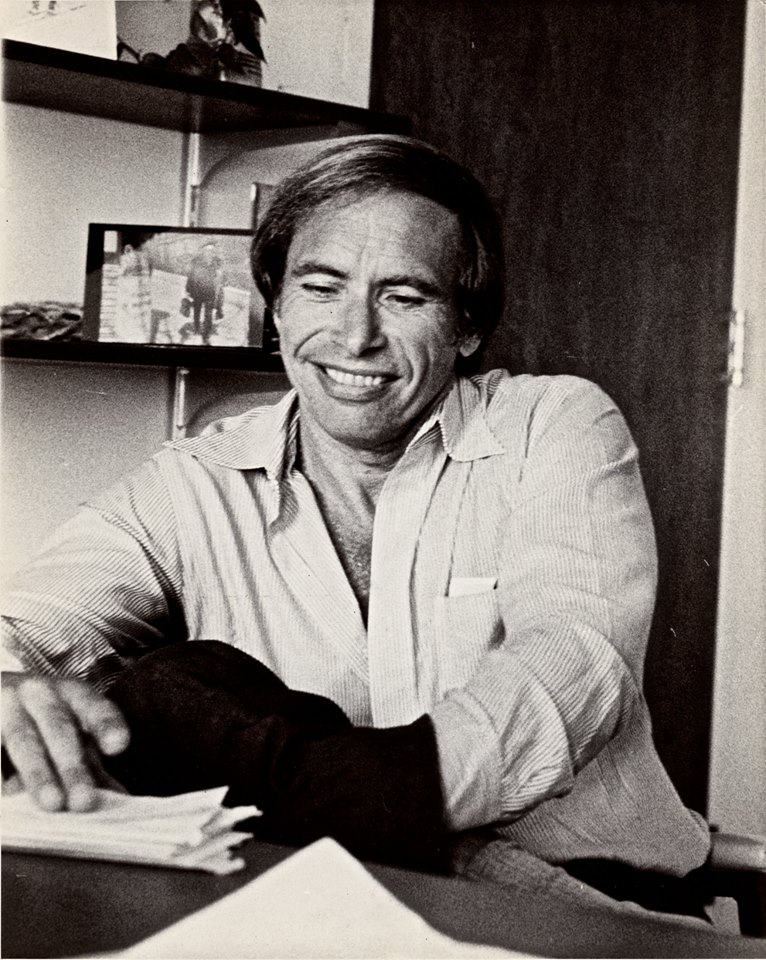
Applied behavior analysis therapy (ABA) has a rich history that dates back to the pioneering work of O. Ivar Lovaas. Lovaas, born in 1927, emerged as one of the key figures in the development of ABA therapy in the 1960s. His personal experiences and education greatly influenced his approach to ABA therapy.
O. Ivar Lovaas: A Pioneer in ABA
Ivar Lovaas played a pivotal role in the advancement of ABA therapy. After enduring the hardships of Nazi occupation in Norway, Lovaas pursued an education that would shape his contributions to the field of psychology. He obtained his MS in psychology in 1954 and went on to receive his PhD in learning and clinical psychology from the University of Washington in 1958.
Lovaas’s background and experiences propelled him to delve into the field of autism treatment. His work emphasized the importance of intensive treatment, family involvement, and the age of the child in producing substantial gains. Lovaas recognized the significance of early intervention and the potential impact it could have on individuals with autism.
Development of ABA Therapy
Drawing upon his own behavioral preconditions and the influences of his environment, Lovaas began to develop ABA therapy as a systematic approach to treat autism. His groundbreaking research paved the way for the application of behavior analysis principles in addressing the unique needs of individuals with autism.
Lovaas’s work in the 1960s laid the foundation for what would become a widely recognized and effective approach to autism treatment. His focus on early, intensive, home-based interventions revolutionized the field and provided hope for families and caregivers of individuals with autism.
The contributions of O. Ivar Lovaas to the development of ABA therapy have left an indelible mark on the field of autism treatment. His dedication to understanding and addressing the needs of individuals with autism continues to shape the way ABA therapy is practiced today.
Key Studies in ABA Therapy
To truly understand the impact of Applied Behavior Analysis (ABA) therapy in treating autism, it’s important to examine some key studies that have shaped the field. Two studies that have significantly contributed to the development and effectiveness of ABA therapy are O. Ivar Lovaas’ groundbreaking research and the impact of early intensive intervention.
Lovaas’ Groundbreaking Research
In 1987, O. Ivar Lovaas conducted a groundbreaking study that revolutionized the field of autism treatment. The study involved children with autism who received early intensive intervention based on the principles of ABA therapy. The results were remarkable, with many children making significant gains in various skills, including language, social interaction, and adaptive behavior.
Notably, at the end of the treatment, nine children no longer showed signs of autism. This groundbreaking research demonstrated the potential for significant improvements in the lives of children with autism through intensive ABA interventions. Lovaas’ work paved the way for the widespread recognition and adoption of ABA therapy as a highly effective treatment for autism.
Impact of Early Intensive Intervention
Lovaas’ research highlighted the importance of early intervention in maximizing the potential for positive outcomes in children with autism. The study emphasized the significance of initiating ABA therapy at an early age, when the brain is most responsive to intervention. Early intervention allows for targeted skill development and behavioral shaping during critical periods of development.
Replication studies conducted after Lovaas’ retirement further confirmed the effectiveness of early intensive interventions for children with autism. These studies demonstrated consistent positive outcomes, reinforcing the notion that early intervention is crucial in providing the best possible outcomes for individuals with autism.
The impact of early intensive intervention extends beyond the immediate gains observed during treatment. Research has shown that early ABA therapy can lead to long-term improvements in language, cognitive abilities, social skills, and overall adaptive functioning. By providing targeted intervention at the earliest stages of development, children with autism have a greater chance of reaching their full potential.
Core Principles of ABA Therapy
Understanding the core principles of Applied Behavior Analysis (ABA) therapy is essential for comprehending its impact on individuals with autism. ABA therapy is based on the pioneering work of O. Ivar Lovaas, who emphasized the importance of intensive treatment, family involvement, and early intervention in transforming autism treatment.
Importance of Intensive Treatment
Lovaas recognized that consistent, intensive intervention could produce substantial gains in individuals with autism. He believed that providing a high number of therapy hours each week could maximize the effectiveness of the treatment.
Research and clinical experience have shown that intensive ABA therapy, typically involving 20-40 hours of intervention per week, yields significant improvements in various areas. These improvements may include language and communication skills, social interactions, adaptive behaviors, and reductions in challenging behaviors.
By dedicating substantial time and effort to ABA therapy, individuals with autism can have the opportunity to make significant progress and reach their fullest potential.
Role of Family in ABA
Another crucial aspect of ABA therapy is the involvement of the family. Lovaas recognized that the family plays an instrumental role in supporting and reinforcing the skills learned during therapy sessions. The active participation of parents and caregivers in the treatment process greatly enhances its effectiveness.
In ABA therapy, families are encouraged to collaborate with therapists to learn and implement behavioral strategies at home. This collaboration allows for consistency between therapy sessions and the child’s daily routines, promoting generalization of skills and positive behavior across different environments.
Additionally, family involvement in ABA therapy provides opportunities for parents and caregivers to develop a deeper understanding of their child’s needs, strengths, and challenges. This knowledge empowers them to support their child’s progress beyond therapy sessions, fostering a positive and supportive environment for overall growth and development.
Research has consistently shown that when families actively participate in ABA therapy and implement behavioral strategies consistently, the outcomes for individuals with autism are significantly improved.
Contributions to Autism Treatment
The contributions of ABA Therapy to the field of autism treatment cannot be overstated. Lovaas’ early intensive interventions revolutionized the way autism was approached and provided a roadmap for effective treatment strategies.
The effectiveness of ABA Therapy in improving the lives of individuals with autism has led to its widespread adoption and recognition as a best practice. It has become an essential component of many comprehensive treatment programs for individuals on the autism spectrum.
Through its evidence-based techniques, ABA Therapy has helped individuals with autism develop essential skills, reduce challenging behaviors, and improve their overall quality of life. Its success has also served as a catalyst for further research and advancements in the field of applied behavior analysis.
We, at Behavioral Intervention, offers a comprehensive ABA therapy in Florida. Our dedicated team provides tailored interventions to address specific challenges and improve overall well-being. Interested in how our services can make a difference for you or your team? Reach out to us today to explore how we can help.
Sources:
https://www.ncbi.nlm.nih.gov/pmc/articles/PMC3089401/
https://ies.ed.gov/ncee/wwc/Docs/InterventionReports/wwc_lovaas_082410.pdf
- Signs of an Autistic Child at Age Two - April 11, 2024
- Can Trauma Cause Autism? - April 11, 2024
- Can an Autistic Child Go to Normal School? - April 11, 2024




